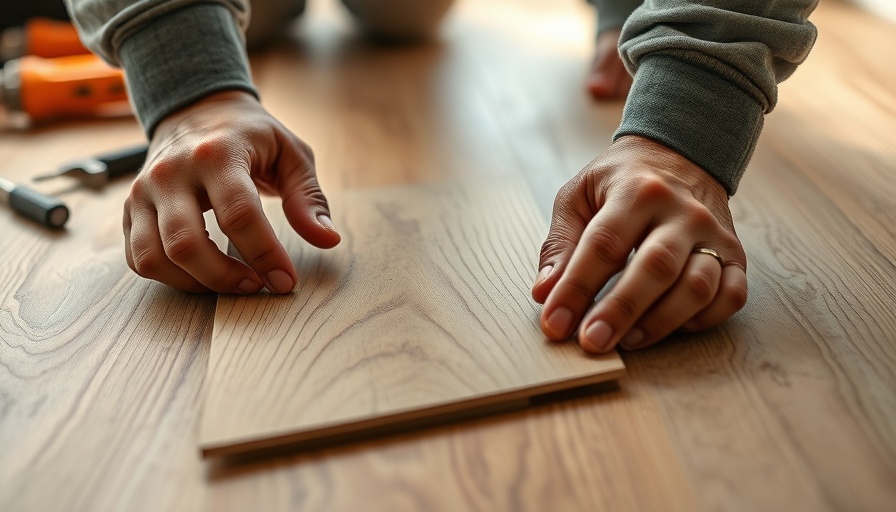
Is Your Garden Missing Out? The Perks of Using Coffee Grounds
For many gardening enthusiasts, the consumption of coffee comes as a morning ritual, but what if we told you that those leftover coffee grounds could be a game-changer in your gardening routine? Whether you're an avid gardener or just starting, understanding how coffee grounds impact your plants can provide numerous benefits. With their rich composition, coffee grounds offer not only fertilization but also pest deterrence, helping elevate your plants' health in an eco-friendly manner.
The Nutritional Boost of Coffee Grounds
Coffee grounds are rich in nitrogen, making them a superb addition to compost piles. According to horticultural experts, using coffee grounds can positively affect soil quality and plant growth. “When added to soil, coffee grounds improve drainage and encourage beneficial microbial activity,” shares Stephen Pryce Lea from the Delaware Botanic Gardens. Plants like cabbage, soybeans, and hydrangeas thrive in the nutrient-rich environment created by coffee grounds, leading to a healthier, more vibrant garden.
Know Your Plants: Who Benefits from Coffee Grounds?
While coffee grounds can supercharge certain plants, it's crucial to know who loves it and who doesn't. For instance, acid-loving plants such as azaleas, rhododendrons, and some houseplants may flourish with the addition of coffee grounds. However, not all plants share this preference; those that favor alkaline conditions, like tomatoes and lavender, may experience stunted growth if subjected to acidic coffee grounds. Understanding your plants' soil preferences is essential for cultivating a lush garden.
Coffee Grounds and Their Role in Lawn Care
In addition to garden plants, coffee grounds can enhance your lawn. Daniel Barychko notes that coffee grounds can act as a great fertilizer for grass, helping it thrive. However, discerning the right conditions for usage—such as soil pH and the grass type—is vital for effective application. Testing your soil before application can be a wise step, ensuring your lawn benefits from this potent addition while avoiding potential burn from over-acidification.
Best Practices for Using Coffee Grounds in Your Garden
Integrating coffee grounds into your gardening routine doesn’t have to be complicated. Begin by composting unused coffee grounds and mixing them with other organic materials. Alternatively, sprinkling them lightly onto the soil can also bring benefits, but moderation is key. Experts advise against piling on heaps of grounds, which can lead to unwanted soil conditions.
Beyond the Garden: Other Uses for Coffee Grounds
The benefits of coffee grounds can extend beyond your garden. They can also be utilized as natural pest deterrents, helping to keep away slugs, snails, and certain types of insects. Additionally, coffee grounds can help eliminate odors, making them an effective deodorizer for your home. Their versatility makes them a valuable resource in multiple areas of home and garden care.
Transforming Waste into Wealth: Sustainability in Gardening
Utilizing coffee grounds is not just about improving your plants. It’s part of a larger commitment to sustainable living. By repurposing waste materials, you contribute to reducing landfill waste while nurturing your green space. Adopting practices like this aligns perfectly with the growing movement toward sustainable gardening, allowing individuals to contribute positively to the environment.
Actionable Insights: Ready to Get Started?
Now that you understand the benefits of coffee grounds, why not give them a try in your gardening routine? Start with small amounts and observe how your plants respond. Remember, knowledge is power—testing your soil will empower you to make the best decisions for your garden. Let’s embrace these simple changes to cultivate healthier plants and a greener lifestyle!
 Add Row
Add Row  Add
Add 




Write A Comment